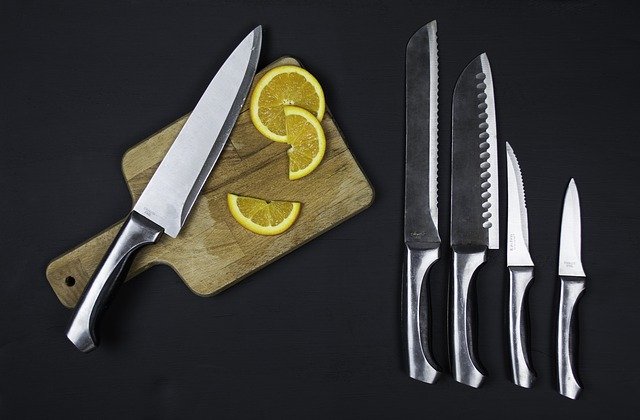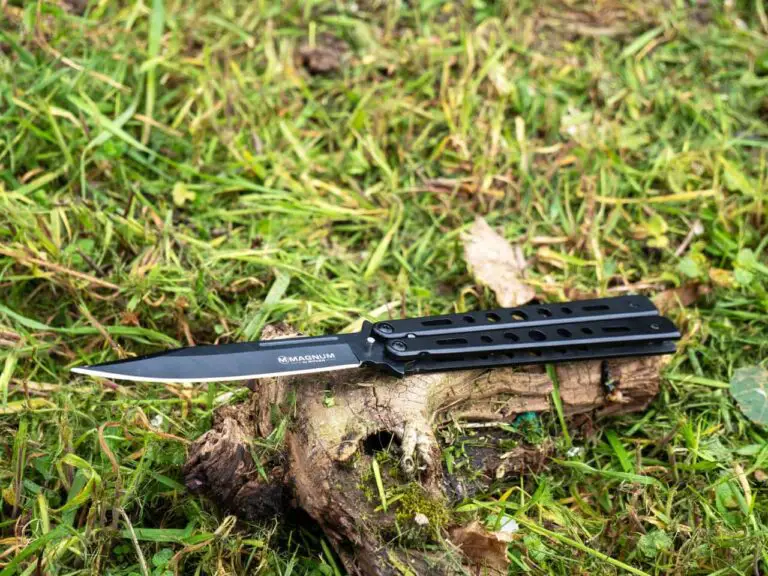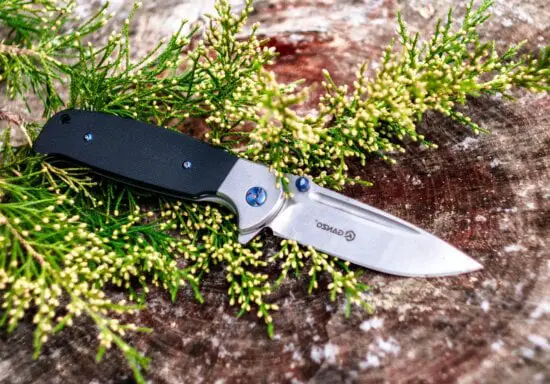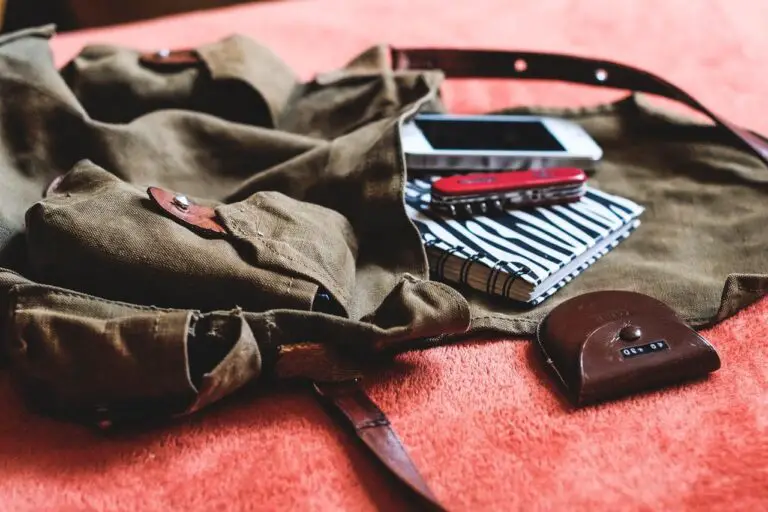This sounds like a really basic question till you have to buy a knife, especially online.
Almost all knife-buying guides come with dimensions and whatnot, so you see the length of what you’re about to get.
But, does the knife length include the handle?
The standard knife length is measured from the tip of the blade to the hilt of the handle. This means that only the blade length is considered as the handle length could vary based on design, purpose, and manufacturer. When buying a knife, the included length should be taken as that of the blade alone.
Table of Contents
How is knife length measured?
There are three simple ways to measure the standard knife length.
Of course, you already know that we are only dealing with the blade. Still, you can go about it in several ways.
Here are the common ones to consider:
- Measure the knife from the tip of the blade to the heel of the blade
- Measure the knife from the tip of the blade to the furthest point on the blade
- Measure the knife’s blade, and round it up to the furthest ½
On the last point, this explains why a knife advertised to be 10 inches could only be 9.5 inches and still not pass as false advertising. Given that the manufacturer could have chosen either pointers #1 or #2 as their preferred measurement method, this approximation technique works.
Plus, I guess it helps to make things as neat in the marketing copy as possible. I, for one, would surely like to see a “12-inch knife” than an “11.5-inch knife”
Why is knife length important?
For a variety of reasons, some of which you might have never even thought about.
Check out the following reasons why you should always take note of the knife length before buying.
Legality
Knife laws around open and concealed carry are not only defined around the kinds and types of knives that can be seen with you. They are also fashioned such that they define the length of the knife that you can carry.
Thus, you can live in a place where pocket knives under 3.5 inches are not deemed illegal to carry openly. Even though pocket knives are mentioned, carrying one with a 4.5-inch blade might get you into trouble.
Likewise, when buying knives for/ as a young adult or child, certain knife length laws also apply. When you don’t keep to this, it could cause a huge problem for the seller/ giver/ buyer of such knives.
Functionality
The length of the knife determines what it can be used for.
In this detailed chart for knife identification, I discussed various knives and their ideal sizes. You can see how they are different from one another in size to enable them to do their jobs better.
For reference, a serrated bread knife needs to be long enough such that it catches on bread and other baked items for proper cutting. This way, you don’t have to saw through the baked item in bits but get it all with one even cut.
If you were to use a paring knife for the same function, it would be too short to get anywhere and you’d have poor cuts all around.
The same is true for the chef or santoku knife, vegetable knives, and other kinds of knives in your kitchen. With the right length, they just work wonders.
Balance
You want to know that the knife is neither too long nor too short for comfort.
A standard chef knife should start from 8 inches, considering the weight and purpose of this kind of knife. Manufacturers would compensate and try to counter that weight with the handle so that it works fine.
When the knife is too long and not countered well, it doesn’t have the right balance.
Here, you have to consider your hands, height, length of your forearm, and how you like to use your knives to determine the ideal knife length for you across various categories.
Thus, you don’t have to choose the same chef knife as your neighbor or buy that one that Gordon Ramsey uses. You know the right lengths that work for you, and you go with them alone.
When does knife length include the handle?
There are some cases where the knife handle might be factored into the entire length.
I know I just told you that this is not the standard case, but some exceptions could bring that.
For example:
- Storage – when you are concerned about the proper knife storage applications for your blades, measure the entire thing. After all, you cannot just put the blade into a drawer and leave the handle out there.
- Knife throwing – when throwing knives, the entire knife is considered due to the physics behind the motion. The blade is not the only part rotating towards the target as the handle bears some weight on it also. Thus, it makes sense to consider the entire length of the knife here.
Recommended knives with varying lengths
Whether you are looking for your next best EDC knife or a great kitchen set at varying lengths to go with them, I have written different guides that you will find helpful.
Check them out in the table below – or let me know if you have something more unique in mind.
| S/N | Category | Links |
|---|---|---|
| 1 | Premium EDC Knife | Check Recommendations |
| 2 | Butcher’s Knives | Check Recommendations |
| 3 | Assisted Opening Knives | Check Recommendations |
| 4 | High Carbon Steel Knives | Check Recommendations |
| 5 | Premium Kitchen Knife Set | Check Recommendations |
| 6 | Affordable Kitchen Knife Set | Check Recommendations |
Wrapping Up
To get the best use of your kitchen knives, it makes sense to take note of the handle length, among other things, before making that purchase. When it comes to EDC-ing your knives, you also want to know that you are within safe confines of the law lest you find yourself in some unprecedented trouble.
With this guide and the resources provided within, you should have all the answers that you need already.







